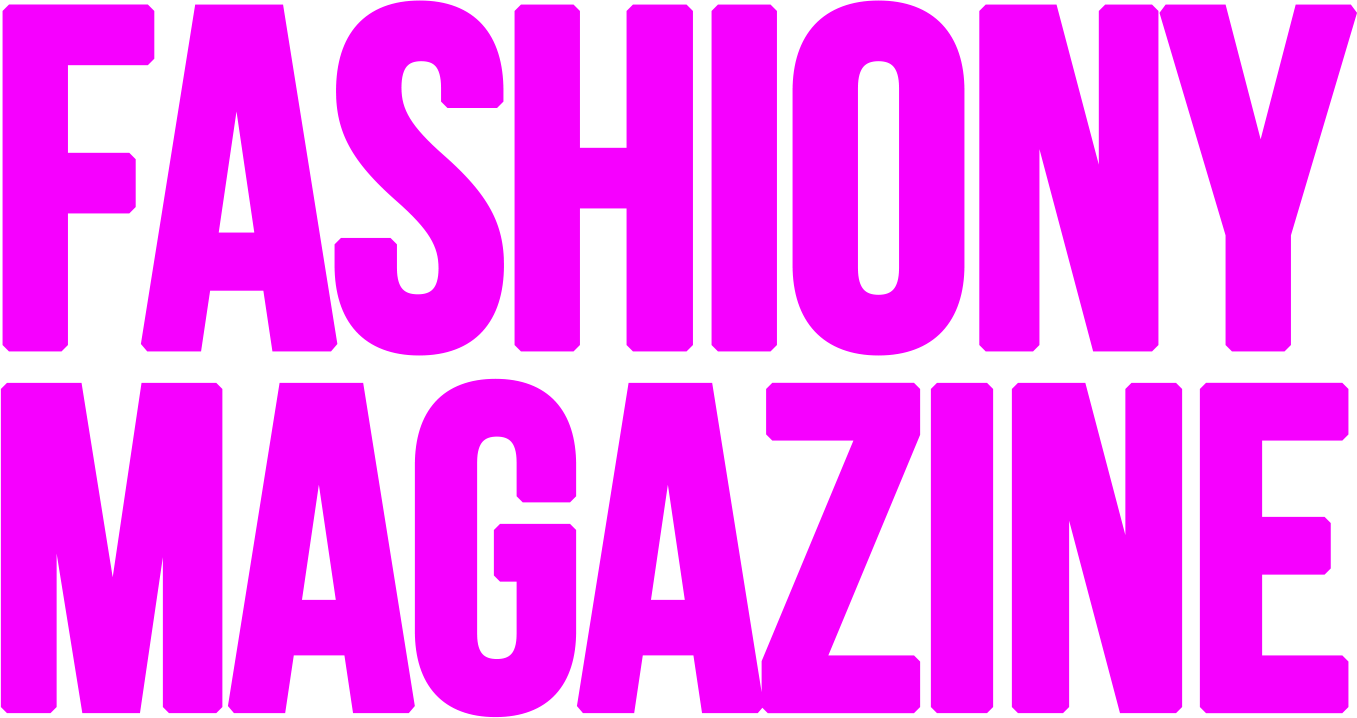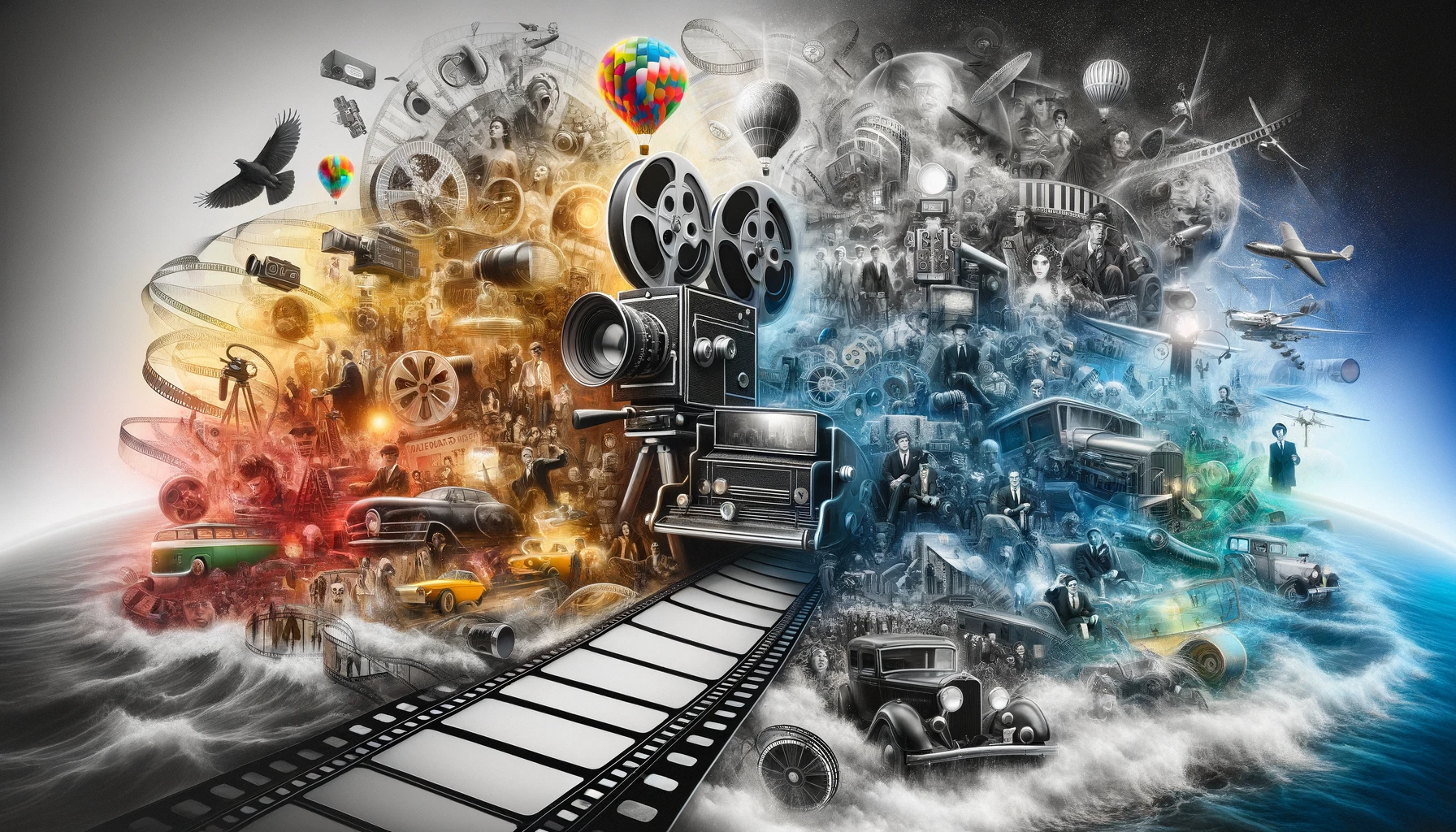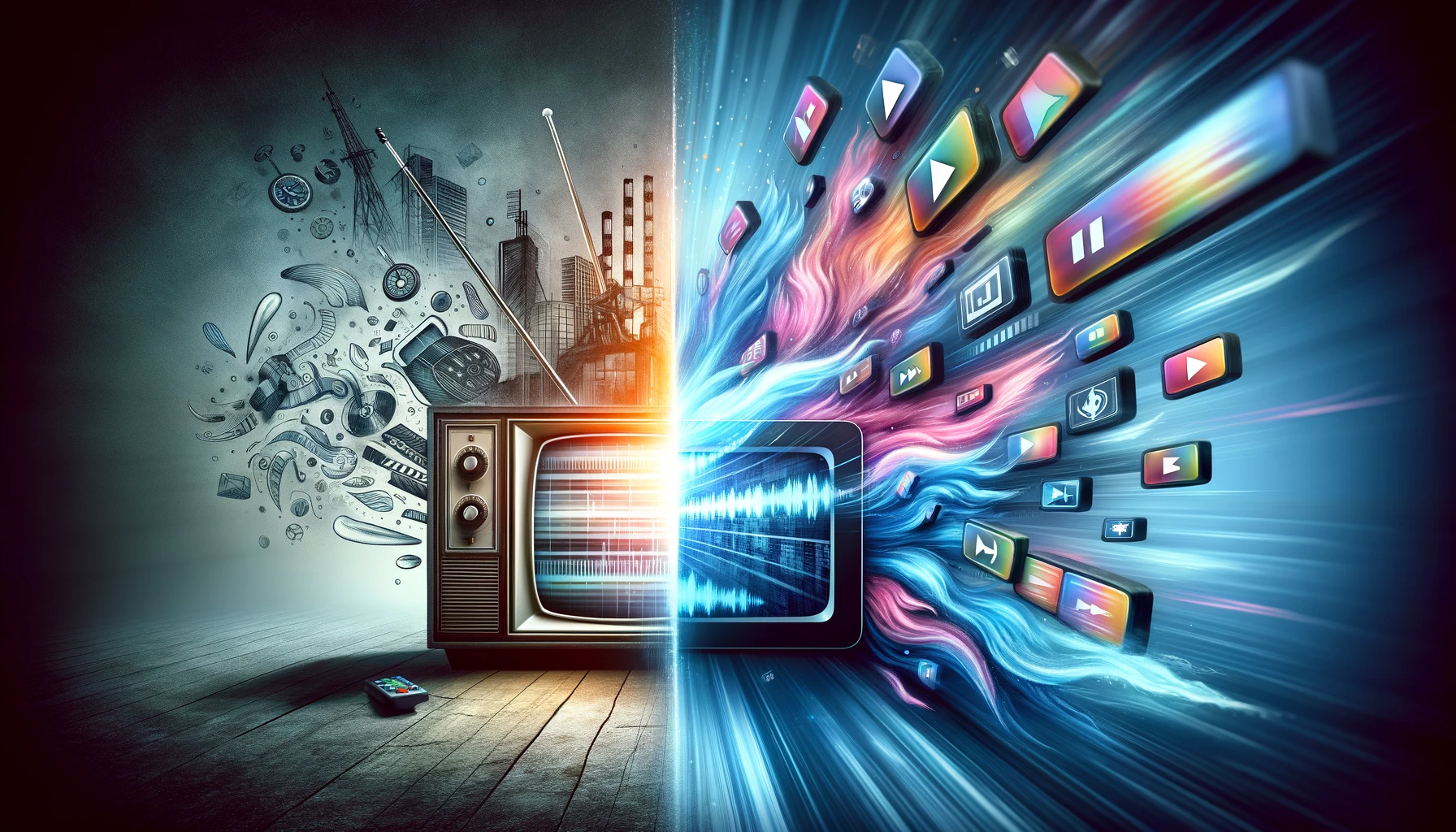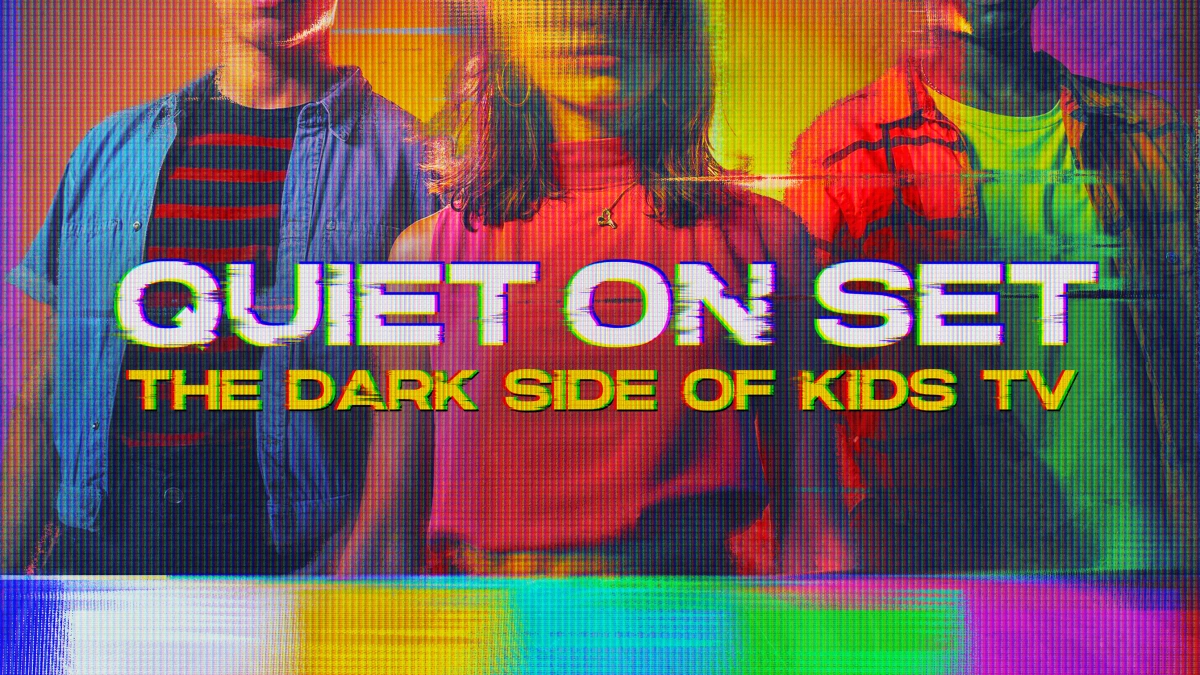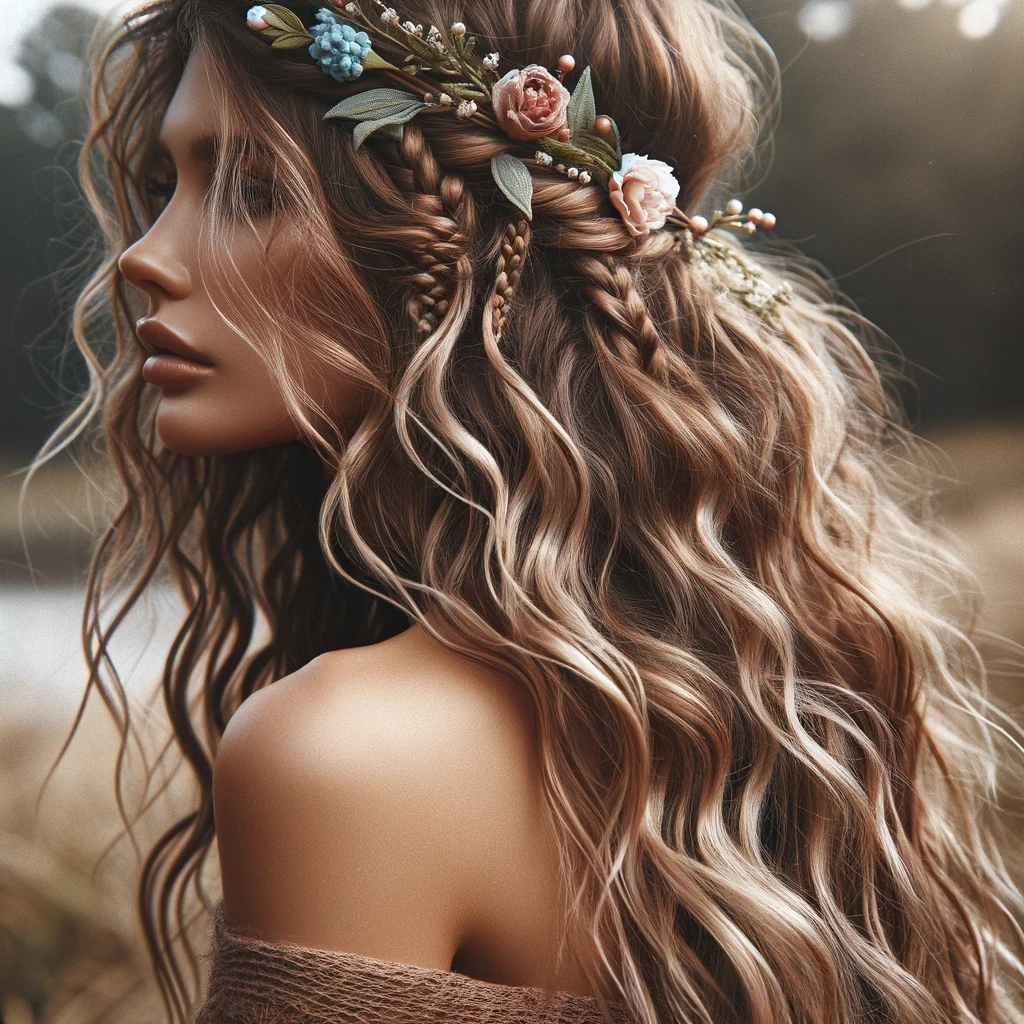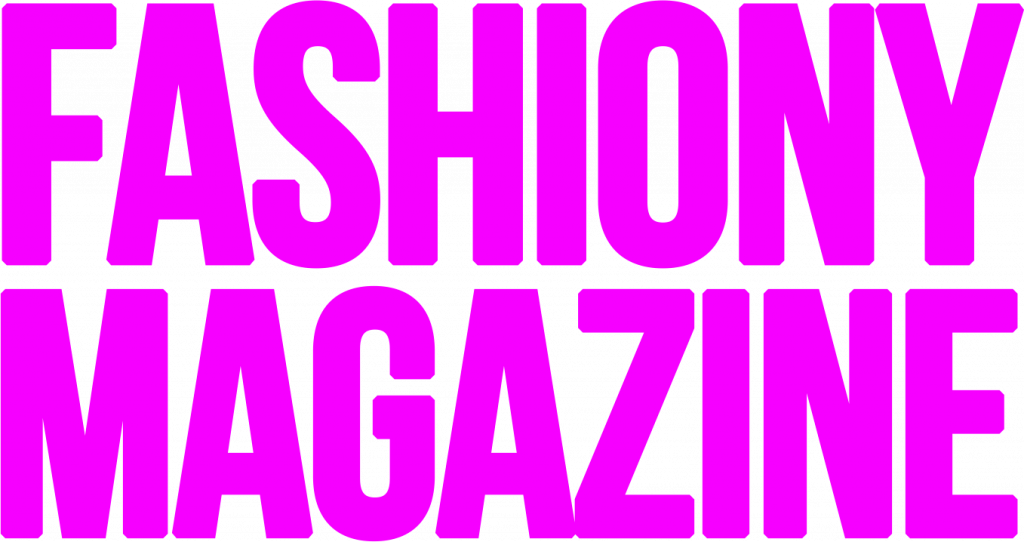The intersection of cinematic movies and the art of filmmaking is a rich and complex topic, blending the technical, artistic, and cultural aspects of cinema. This discussion can be broken down into several key areas:
1. The Evolution of Cinematic Techniques: The art of making films has evolved significantly since the inception of cinema. Early films were limited by technology, focusing primarily on simple shots and linear storytelling. As technology advanced, so did the techniques, including the use of color, sound, and special effects. This evolution has allowed filmmakers to create more complex and visually stunning works, expanding the boundaries of storytelling.
2. Storytelling and Narrative Structure: At its core, cinema is a medium for storytelling. The art of filmmaking involves crafting narratives that engage and resonate with audiences. This includes the development of characters, plot, and setting, as well as the use of narrative devices like flashbacks, nonlinear storytelling, and voiceovers. Great films often combine these elements in innovative ways, pushing the envelope of traditional narratives.
3. Cinematography and Visual Language: Cinematography is a crucial aspect of filmmaking, involving the manipulation of lighting, camera angles, and movement to create visual storytelling. The choice of shots and how they are composed and sequenced can greatly influence the viewer’s experience and interpretation of the film. The art of cinematography is in how these visual elements are used to support the narrative and evoke emotions.
4. Sound and Music in Film: Sound design and music are integral to the cinematic experience. They set the tone, enhance the mood, and can even become a character in their own right. The art of using sound and music effectively in films is a key component of the filmmaker’s toolkit, adding depth and dimension to the visual images.
5. The Role of Directors and Filmmakers: Directors and filmmakers are the visionaries behind films, orchestrating the various elements of production to bring their unique vision to life. Their role involves not just technical knowledge, but also a deep understanding of storytelling, acting, and the collaborative nature of filmmaking. The most celebrated directors are those who have a distinct style and voice, contributing significantly to the art form.
6. Cultural and Social Impact of Films: Films do not exist in a vacuum; they are a reflection of the societies and cultures they emerge from. They can influence public opinion, highlight social issues, and even shape cultural norms. The art of filmmaking, therefore, carries a responsibility to not only entertain but also to enlighten and provoke thought.
7. The Future of Filmmaking: With the advent of digital technologies, virtual reality, and AI, the future of filmmaking is ripe with possibilities. These technologies are transforming how films are made and experienced, offering new avenues for storytelling and creativity. As the line between traditional cinema and new media blurs, the art of filmmaking continues to evolve in exciting directions.
In conclusion, the collision of cinematic movies with the art of making films is a dynamic and ever-evolving landscape. It combines a range of disciplines and skills, from storytelling and visual artistry to technical expertise and cultural insight. This fusion is what makes cinema such a powerful and enduring form of art and entertainment.
